Walpole-Nornalup NP, WA
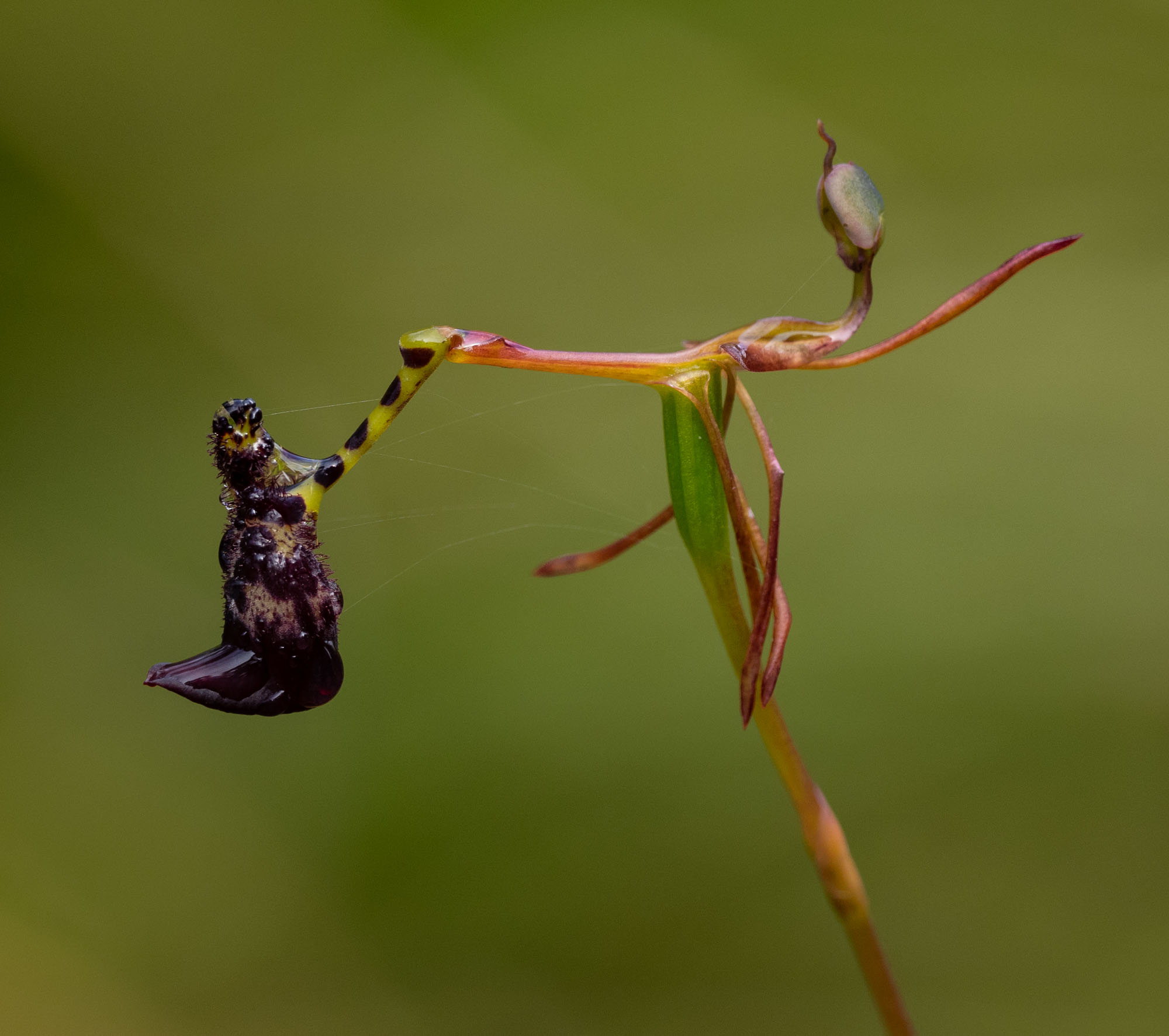
Days 29-32: 3rd-6th October
(5878km)
We headed west after leaving Cheynes Beach and have now arrived at another FAB-recommended destination - Coalmine Beach Holiday Park. The park lies directly adjacent to the Walpole-Nornalup National Park on the Nornalup Inlet.
Nornalup Inlet
We’ve seen several different types of habitats on our journey through WA. The transitions between these have usually been gradual, becoming evident over distances of hundreds of kilometres or more. However the change from our last camp to this one was quite sudden.
The dry coastal heath and open woodlands with their low growing trees - typical of the country in the eastern and central parts of the South Coast - were gone. They were replaced by dense forest, with tall trees and lush green vegetation. It looked like we’d entered a different country. Appropriately, we had arrived in Denmark (WA) when I first witnessed the change - we certainly weren’t in Kansas anymore!
Habitat typical of the Western South Coast - on the Orchid Loop at Nornalup Inlet
I’d been sleeping and missed the transition, but Kerri told me that it had taken place abruptly over the 10 kilometres or so before our arrival in Denmark.
The Valley of the Giants
We were keen to explore these famous Southern Forests. So on the day after our arrival, we drove to the Valley of the Giants - just 20km east of our camp. A steel walkway winds at treetop height between the giant Karri and Tingle trees in this part of the national park.
Kerri may look happy but the smile is for the camera. The gentle swaying of the walkway, which is raised up to 40m above the forest floor, made her feel quite sea-sick. Still, she recovered well enough to take these nice shots of a male Western Rosella.
The walk gives spectacular views of the forest.
A Western Rosella’s eye view of the forest.
The two trees in the foreground on the right are Red Tingles (Eucalyptus jacksonii). They grow up to 70m high. The huge buttressed trunk is a feature of this species. The tree on the left is a Yellow Tingle (Eucalyptus guilfoylei). It is shorter than the Red Tingle and lacks its large buttress.
This is what these enormous trees look like at ground level - how we normally see them.
A Red Tingle. This species is found only in a small area around Walpole and Nornalup.
The smooth-barked Karri (Eucalyptus diversicolor) is the tallest tree species in the forest, growing up to 90m high.
After completing the Tree Top Walk, we did the Ancient Empire Walk, which follows a grove of old trees at ground level. This gave us a close-up view of these magnificent giants.
This photo shows the massive girth attained by some of the Red Tingles. This tree is called Grandma Tingle, because the base resembles an old woman’s face (supposedly). She is thought to be over 400 years old.
The lower level of the forest, in between the giant eucalypts, was dominated by a casuarina, Karri Sheoak, Allocasuarina decussata. This species, which is almost entirely confined to Karri forests, has a striking corky bark with thick fissures.
The ground was covered with a thick, deep carpet of sedges - populated mainly by the sword grass Lepidosperma effusum. This provided limited space for the growth of other plants as the diversity of the forest floor seemed limited.
One bush that grew widely was the Tassel Flower (Leucopogon verticillatus). This has a striking arrangement of flowers. We had seen this plant the previous day near our campsite but had no idea what it might be. We were very surprised to discover that it is a Leucopogon as it bears little resemblance to our home Leucopogon, Leucopogon affinis, which is a low shrub.
We expected to find Fairy Wrens on the forest floor and indeed heard their twitterings during our walk. We were very keen to spy the Red-winged Fairy-wren, the one WA species that had still eluded us. Alas, no sign of the little fellows, so after a deal of searching we decided to return to the car for lunch.
As Kerri walked up the path to the car, she saw a beautiful male Red-winged standing in the middle of the footpath - bold as brass! Of course, she didn’t have her camera in hand at that moment. However, he and his family did make an appearance again a little while later and she got these photos of another WA endemic and a lifer for us.
That just leaves one Australian Fairy-wren to get - the Lovely Fairy-wren. That species lives on the opposite corner of the country, to the north of Cairns, so will have to wait another day.
I suspect that these birds, which we had to stalk for some time to get good views, are the same individuals that our friend Camilla fed breadcrumbs to last year on her visit to the Valley of the Giants.
The Orchid Loop
FAB had recommended the Knoll Bluff Scenic Drive, a 4km loop road, which starts close to our campsite, for some good birding. Our campground manager, who is an orchid enthusiast, had also told us about a range of orchids we might see along the same route.
We spent several hours walking around this loop this morning and both the birding and the orchid hunting were pretty amazing. Several very nice birds, including two lifers - Baudin’s Black-Cockatoo and Rufous Treecreeper - and 15 different species of orchids!
The Baudin’s Black-Cockatoo was a real treat. We had seen Carnaby’s Black-Cockatoo on a few occasions over the last week, but it was only now that we had entered the territory of this related (and endangered) cockatoo species.
We actually saw a number of Black-Cockatoos flying in the tree tops on the previous day’s walk in the Valley of the Giants. But they were too far away to be confident of their identity. The difference between Baudin’s and Carnaby’s is pretty subtle. According to the Australian Bird Guide, Baudin’s has “an elongated and pointed tip to the mandibles (beak), particularly the upper mandible.” Otherwise the two species look the same.
About an hour into our walk, we had stopped to view some orchids, when we heard the unmistakable call of a Black-Cockatoo. Just one call and silence, except for an occasional “plonk”.
Kerri managed to sight the cockatoo high up in a Marri tree on the other side of the road. In fact there were three birds on the same branch - a male, a female and a juvenile - feeding on the Marri fruit. The processed and discarded gumnuts made that plonk sound as they hit the ground - they’re rather large fruit.
A female holding the Marri fruit, displaying the usual left-handedness of parrots.
A male, shown by the red eye-ring. He’s showing the length of the tip of his upper beak for the purpose of species identification. His tongue, also on display, is used to scrape out the seeds from the fruit.
This shot shows how the fruit is held in place wedged between the claw and the lower beak, while the sharp upper beak is brought down into the opening of the nut to gain access to the seeds within.
The male on the left and the third bird, which was probably a juvenile.
A fallen fruit, showing damage inflicted by a cockatoo.
We watched the birds for a half-hour or so, as they fed quietly and unobtrusively in the top of the Marri tree. If we hadn’t heard that one squawk we wouldn’t have known they were there.
The length of the tip of the upper and lower beak left no doubt that this was Baudin’s Black-Cockatoo. The behaviour of the birds was also exactly as The Australian Bird Guide describes - “Eats mostly the seeds of Karri and Marri eucalypts. Seeds are extracted from the top opening of the woody seed capsules using the elongated bill. …when feeding in the forest is quiet and difficult to detect: listen for the sound of falling seed capsules.”
We had been searching for the Rufous Treecreeper since passing into the western half of South Australia, which is where its range begins - to no avail. Then on today’s walk we heard calls like those of our home White-throated Treecreeper, yet different. Kerri managed to spot the calling bird on the trunk of a large Karri tree some distance away and got some nice shots. Definitely the Rufous Treecreeper!
Another nice bird sighting was an Osprey nest in a tall tree near the shore of the inlet. One bird was on the nest, another was standing guard in a nearby tree.
After breaking the drought with the sighting of Red-winged Fairy-wrens yesterday, we saw a number of these birds during our walk. We were lucky to see something we’d heard about before but found hard to believe. The male Red-winged Fairy-wren is said to pick a yellow flower and present it to a female as part of his mating ritual.
But there was a little guy doing precisely that! - he plucked a yellow Hibbertia flower and flew off after a group of females. He knew that women like flowers (corny and sexist Paul!, says Kerri).
Unfortunately, we weren't able to get a good photo of the event - this was the best we could do. But it was quite memorable nonetheless.
The bird sightings alone would have made this a highly successful morning. But the orchid sightings made it fantastic! We had some good tips from the park manager about where to find orchids around the loop and they certainly helped. But we chanced across many of them by ourselves - it’s always more exciting that way.
I’ll let their beauty speak for itself. Here are photos of the 15 different species we saw around that 4km loop.
And orchids weren’t the only cool plants on offer. Here is some more angiosperm eye candy from our walk. And a nice beetle thrown in for good measure.
LIFERS at Walpole-Nornalup NP: first-ever sightings of these bird species
Baudin’s Black-Cockatoo, Red-winged Fairy-wren, Rufous Treecreeper

























































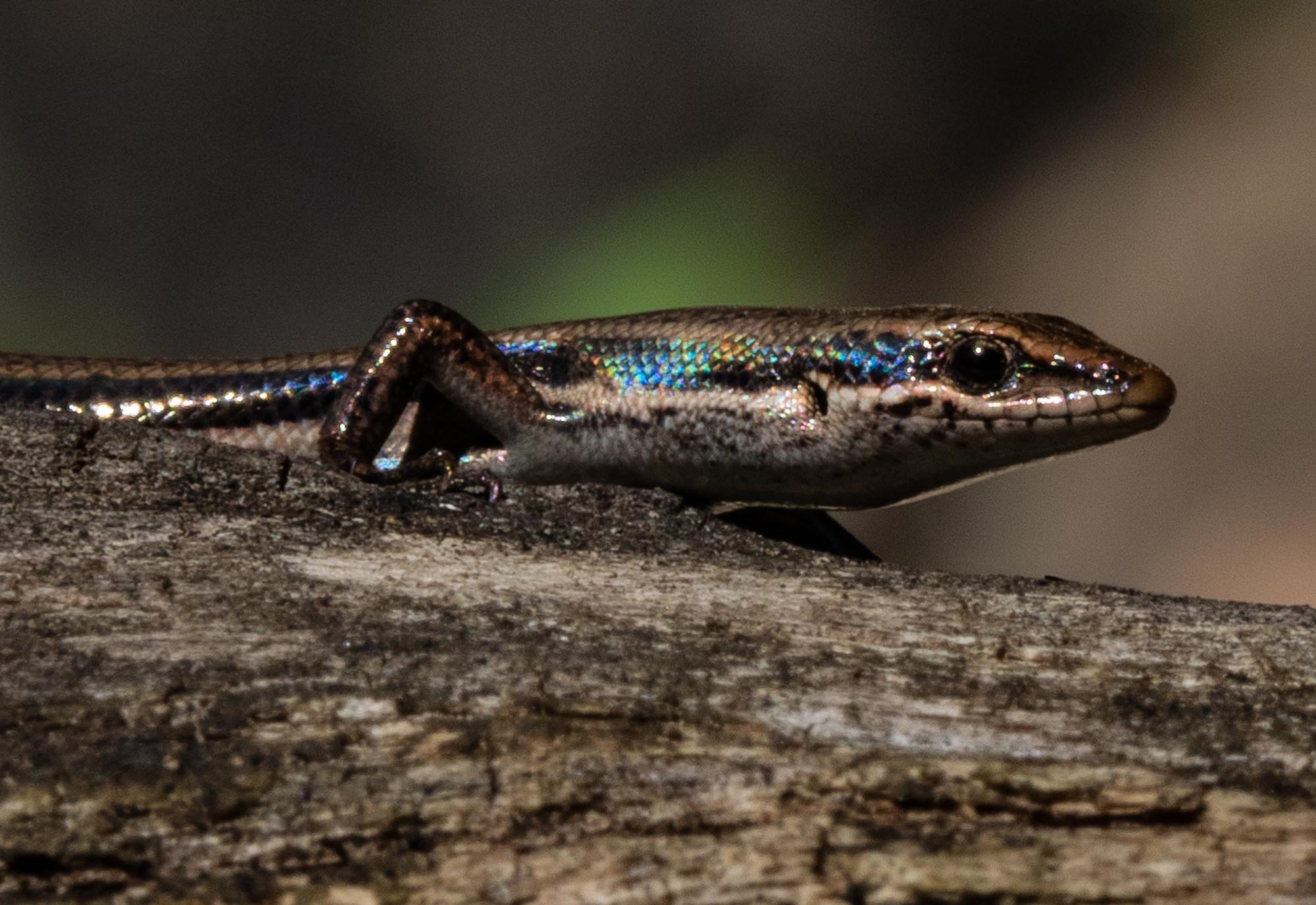
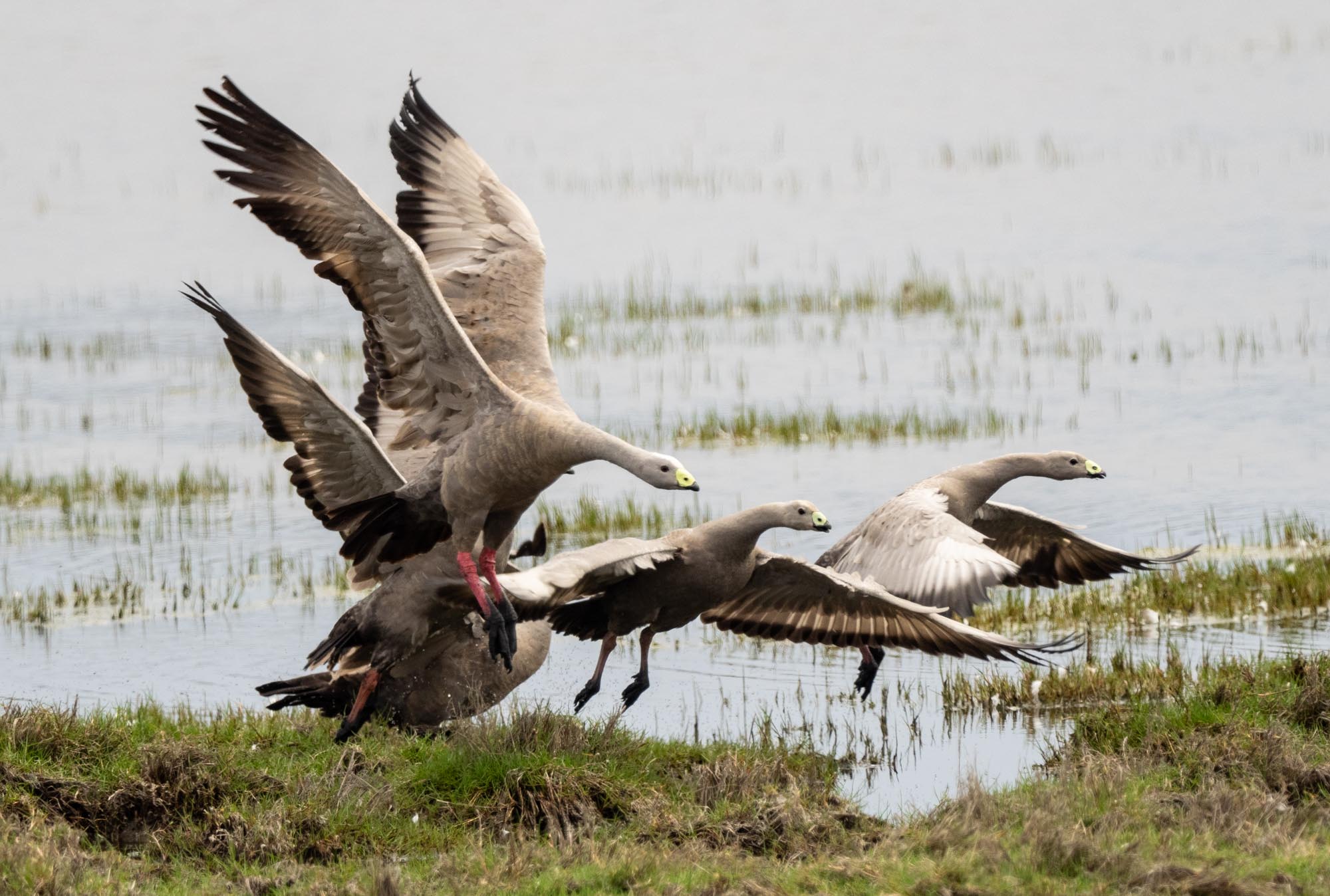



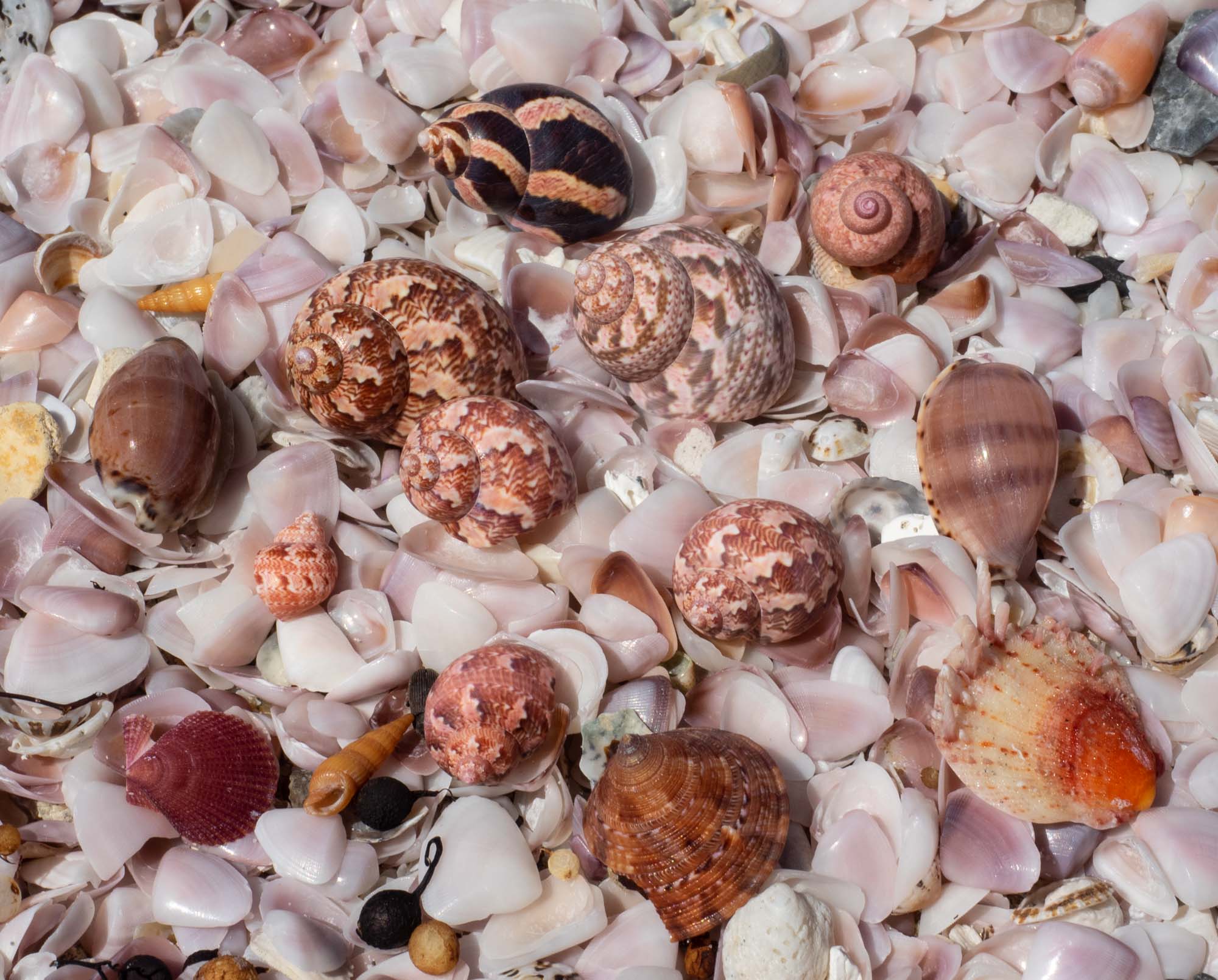
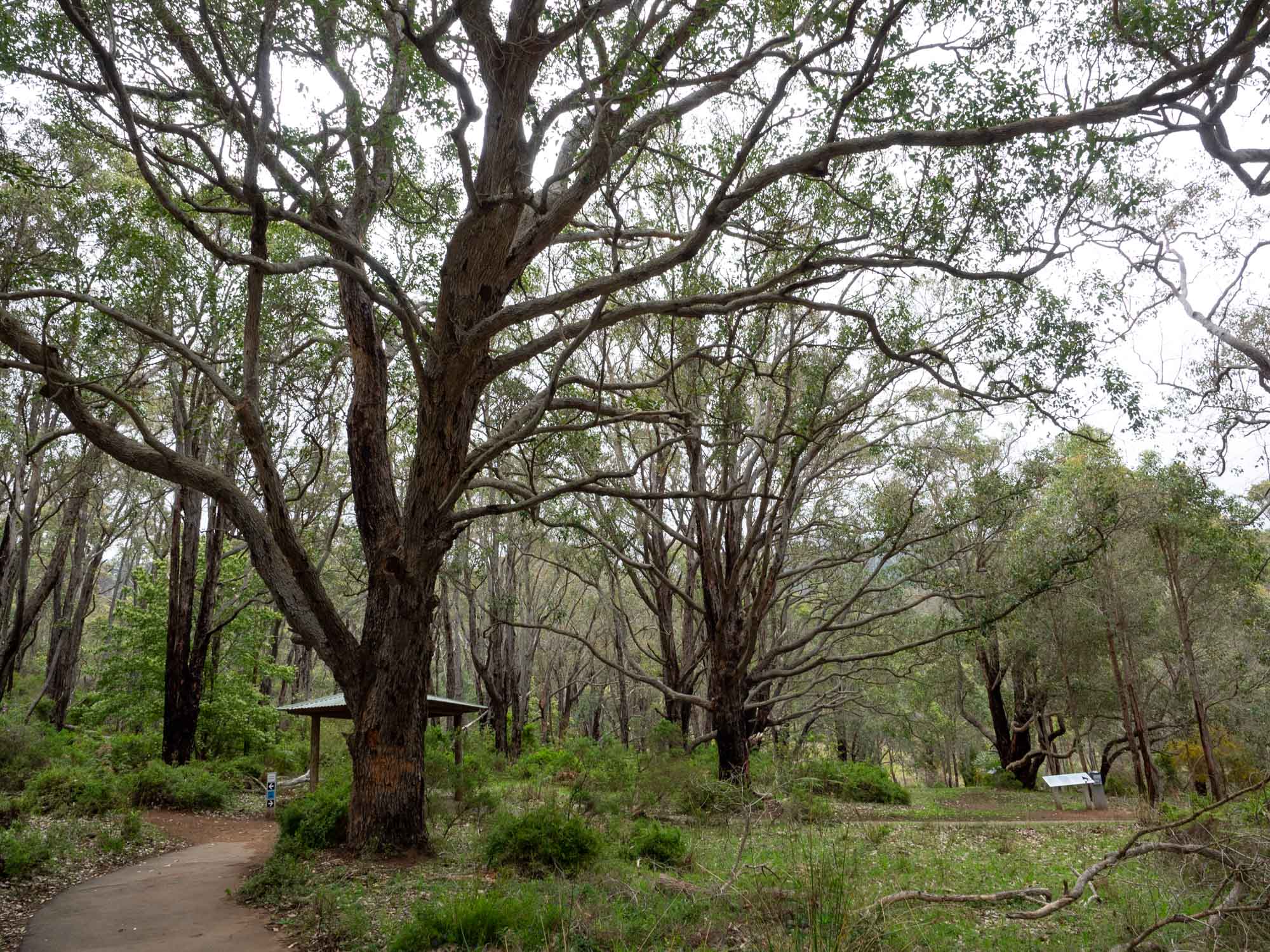
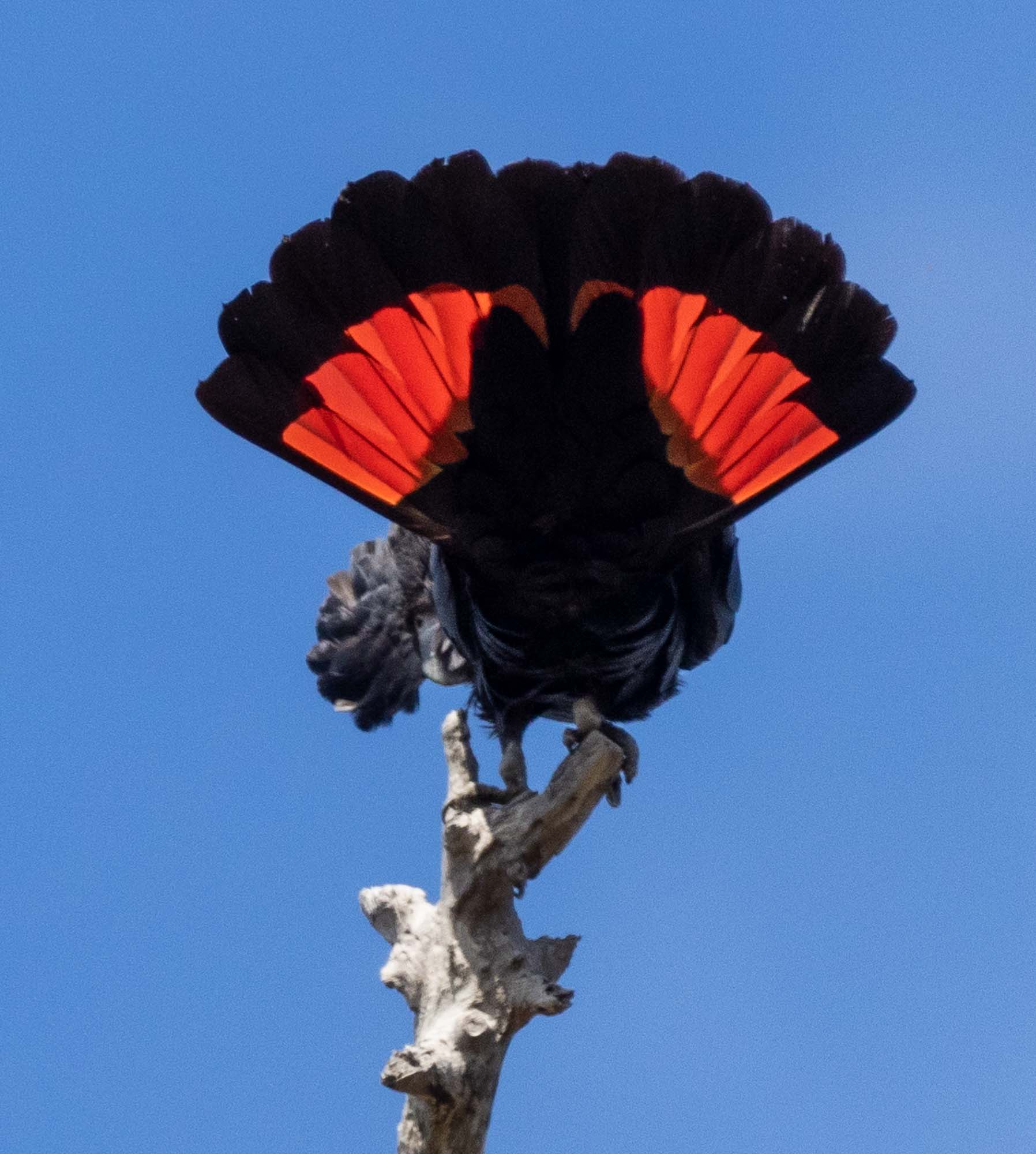

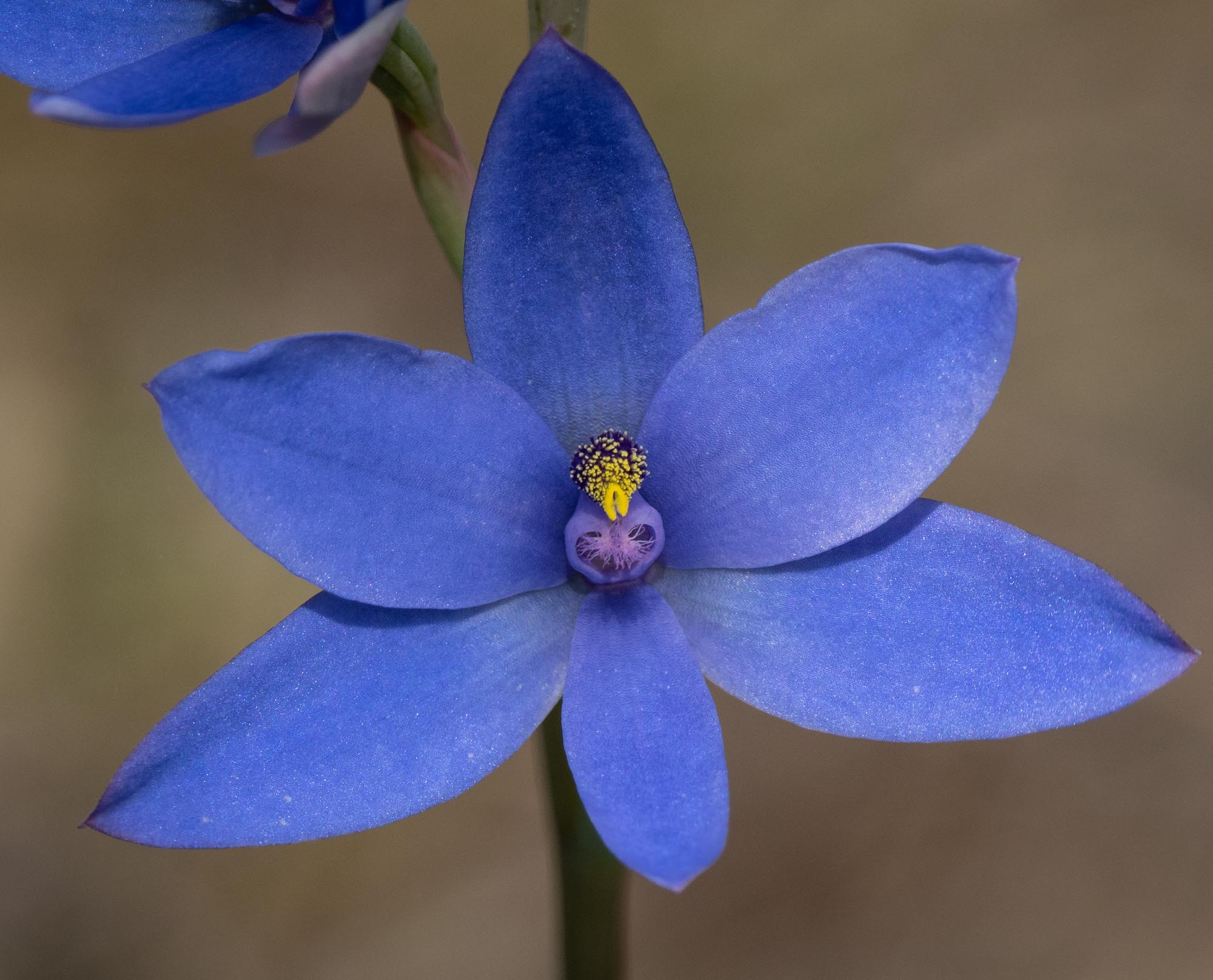
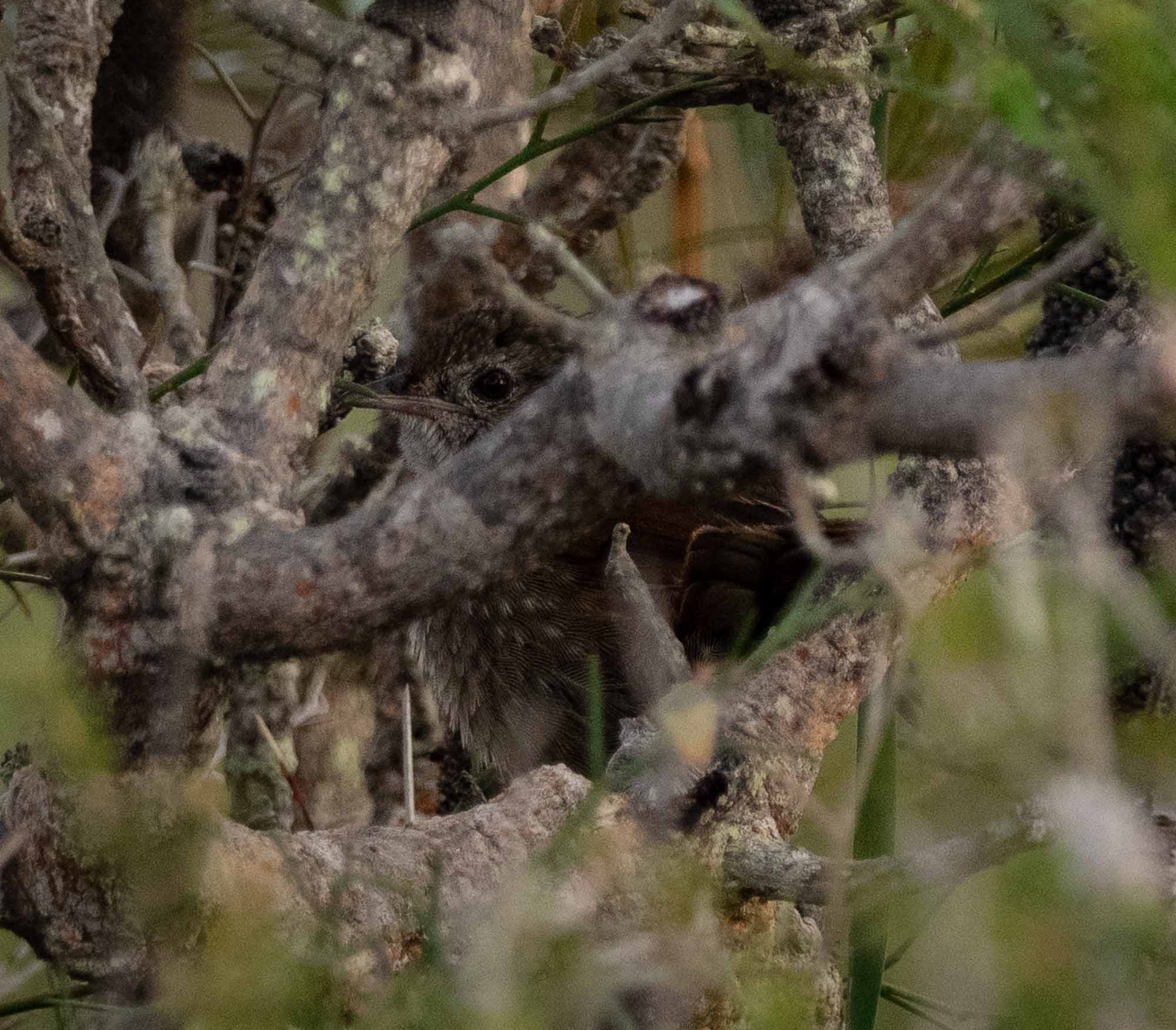


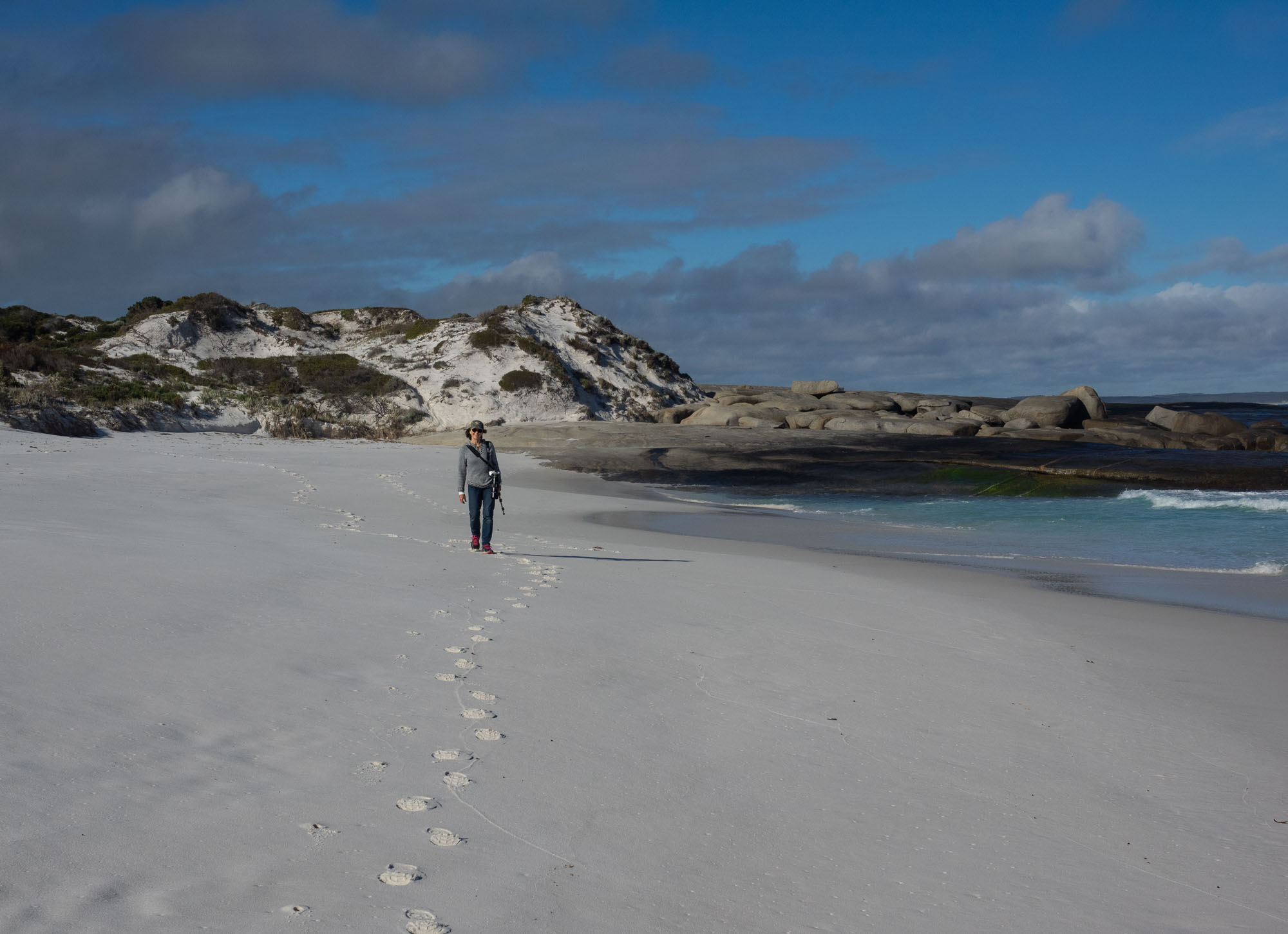
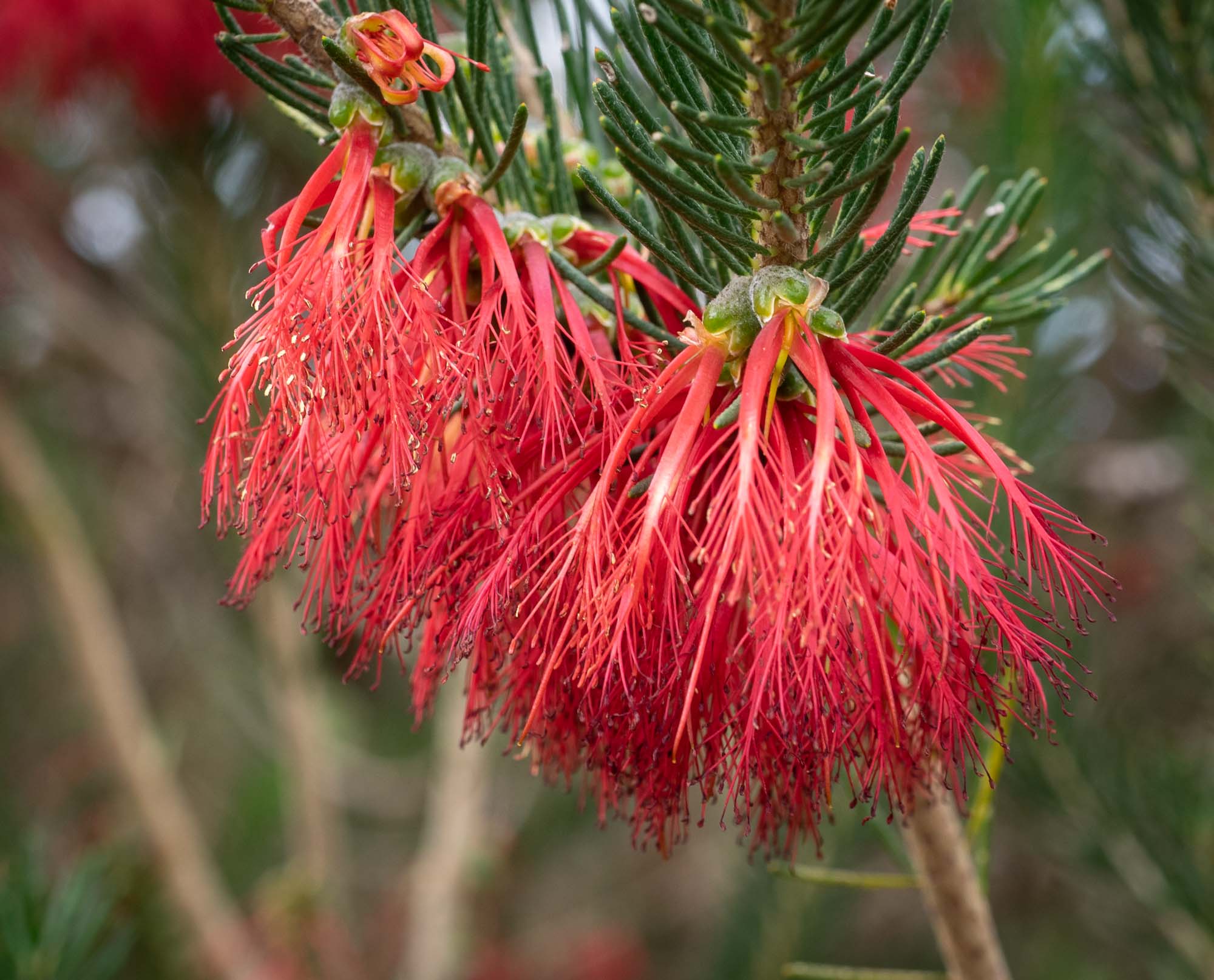
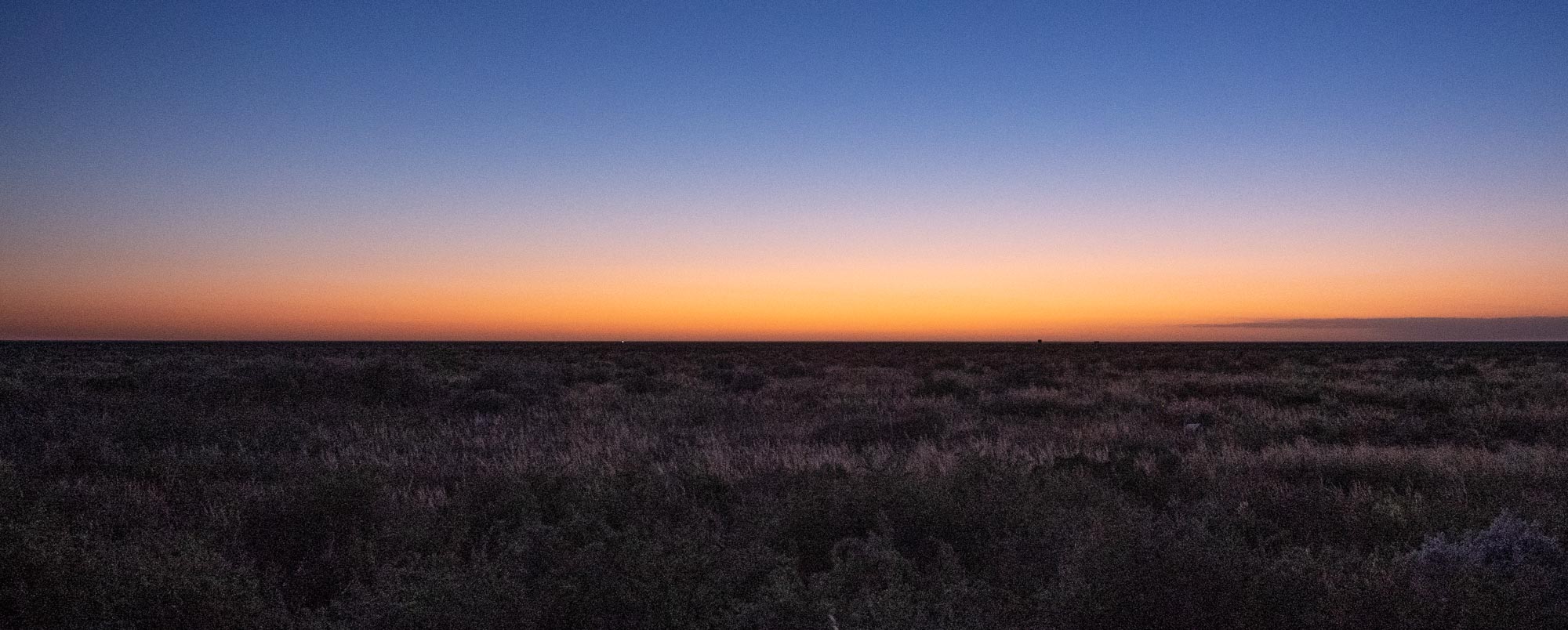
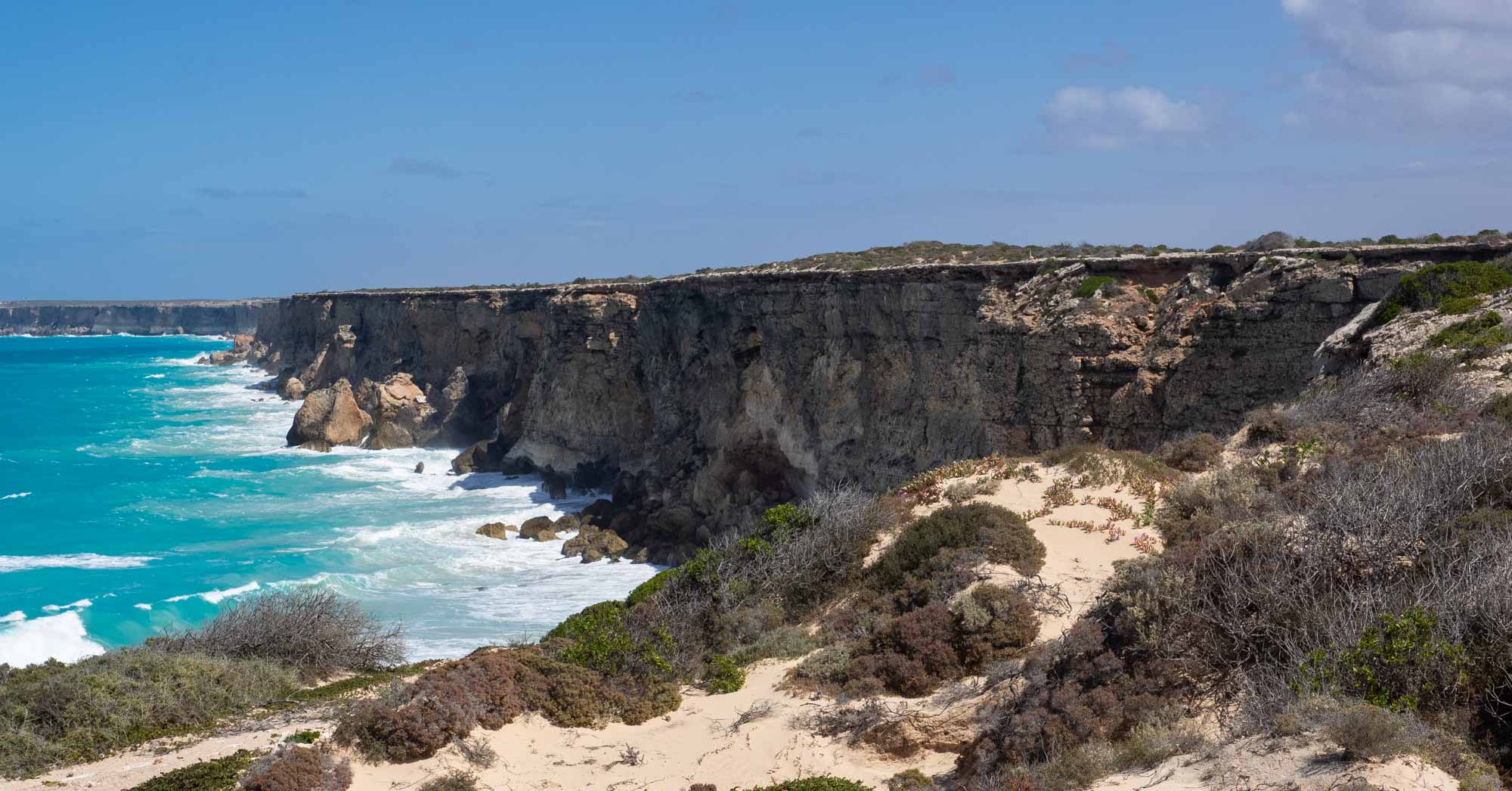




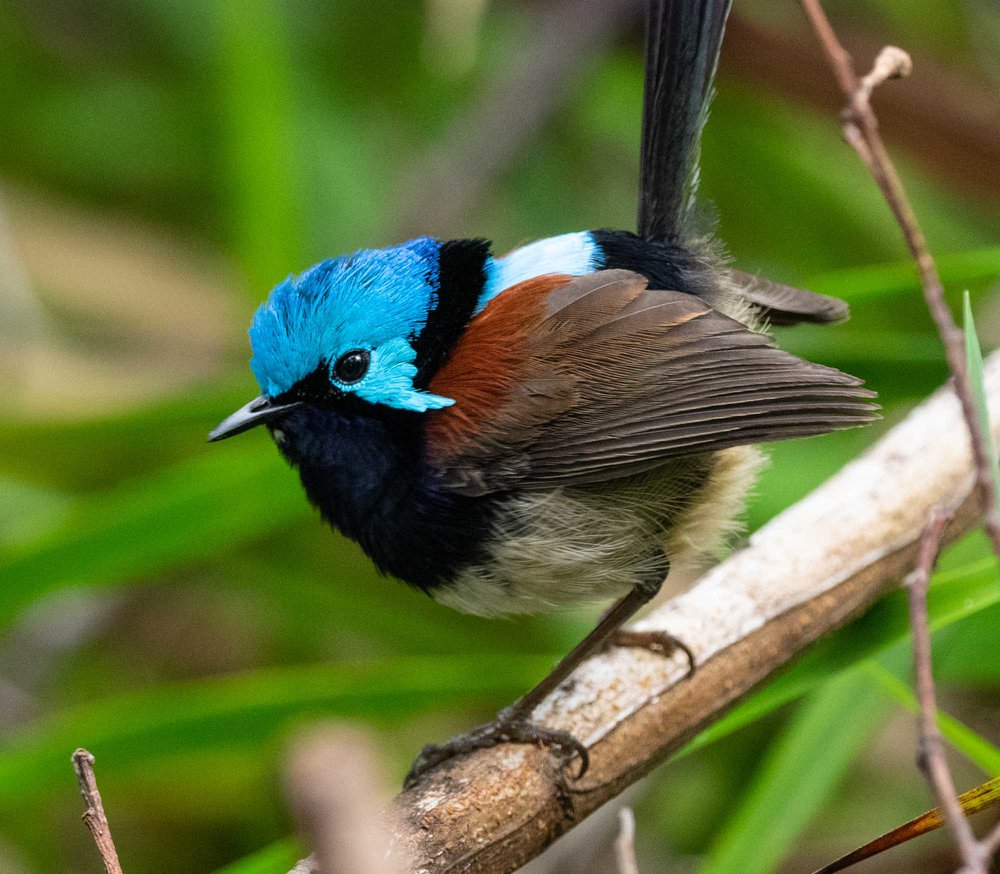
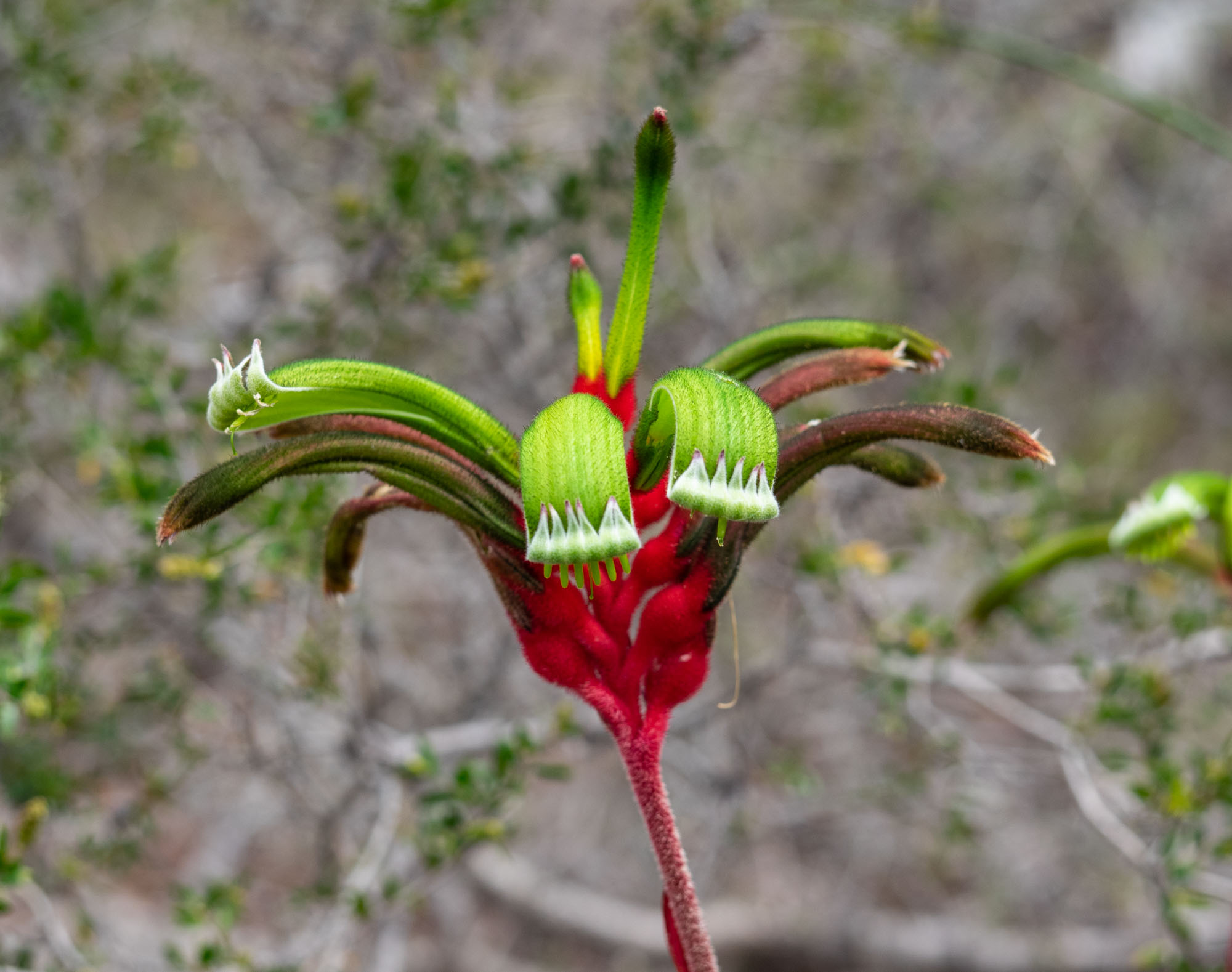
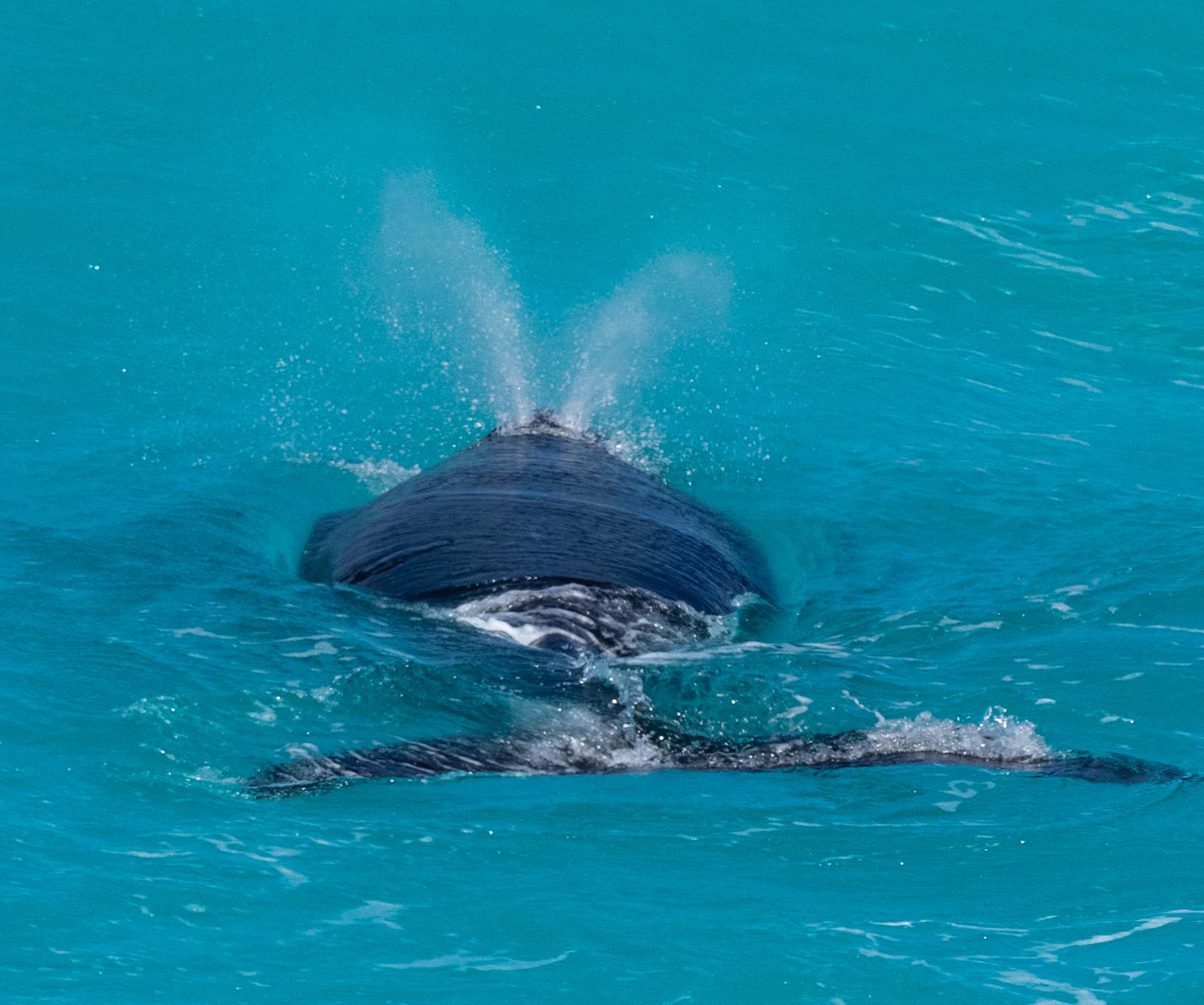
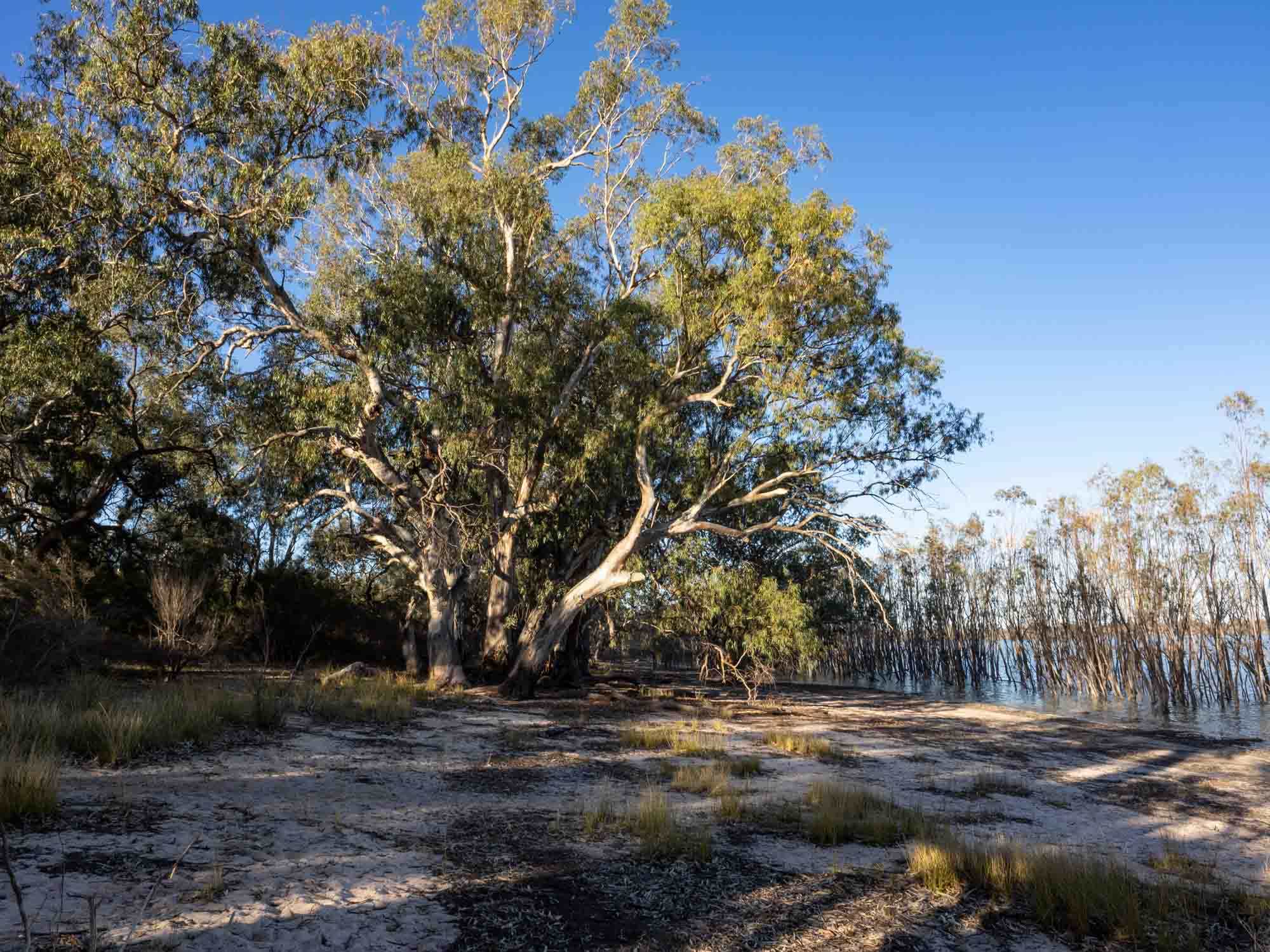
31st October - 4th November: my final post, as we head towards Melbourne.